Dating from the Neolithic period over 5,500 years ago is this long barrow (ancient tomb) Wayland's Smithy. The landscape was filled with these tombs, and this one is located in the Uffington complex where there is the white chalk horse, Uffington castle hill fort, and other attractions (Uffington Castle and White Horse). A little further south from Uffington are Avebury Stone Circle and the more famous Stonehenge. Wayland's Smithy is the location of two tombs; an earlier one where several people were buried over the course of 15 years, and the earlier one with the remains of more people. This one had been damaged by other people throughout the age by the time it was examined in 1920. In 1920, it was a cave with flanked rocks, but it was repaired to the structure seen today with the stones replaced to what is expected to be the original positions.
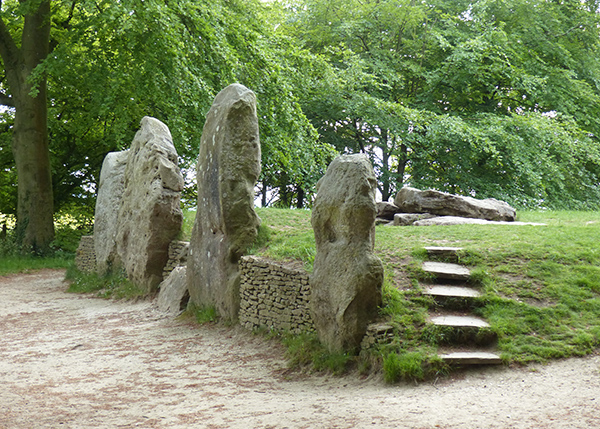
Wayland's Smithy is one of the best surviving examples of a long barrow (ancient tomb) in this area. These tombs were construced by people who had probably settled the land and wanted to lay claim to it, so they buried their people here. The location is secluded in a small copse of trees and down a long trail; it is over a mile away from the famous Uffington White Horse.
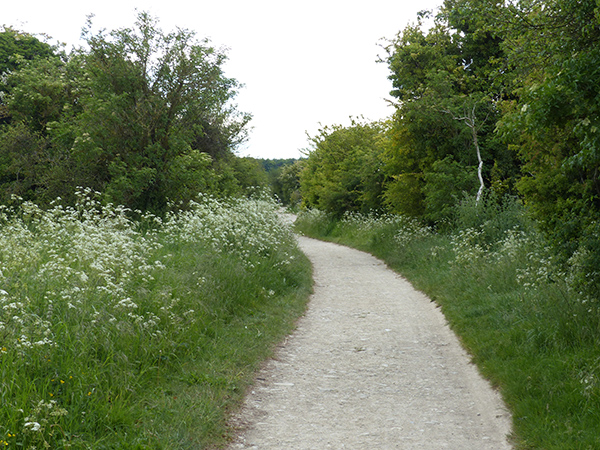
I started down the trail in order to find Wayland's Smithy. Overall, it took me approximately 20 minutes to walk down the trail to the tomb. When I arrived, I had the place to myself, and it is an atmospheric place.
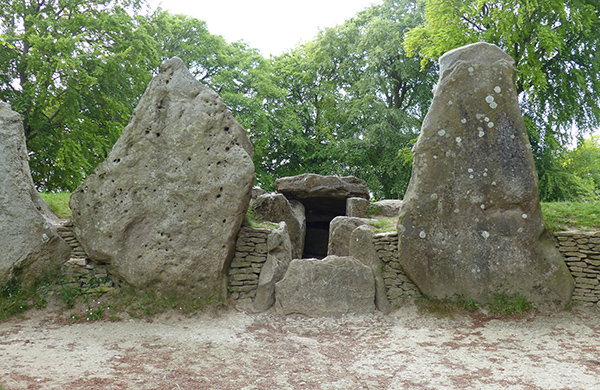
You may be wondering how the place got its name. It is a local legend dating from the early 1700s and regarding an invisible blacksmith who would replace your horse's shoes if you left money here, left, and then returned a bit later. Until 2010, an information panel informed visitors of the legend and allowed them to leave coins here, but it became too difficult to manage because people were leaving them between the stones, so this information has been removed.
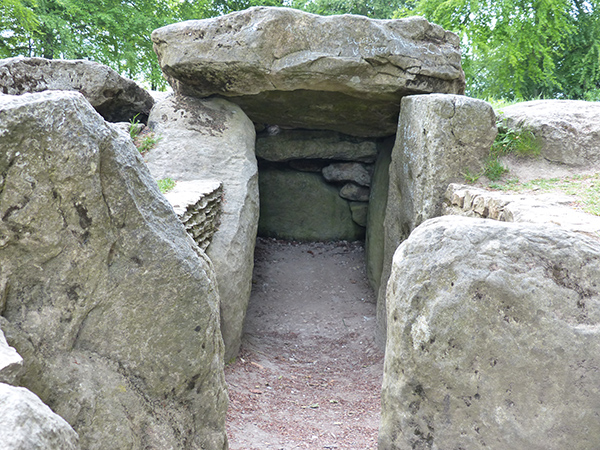
Based on previous examples of visits to long barrows, people would have been able to crawl through it to deposit the bones of ancestors, and there are multiple chambers within the barrow. The flesh would have been cleared before the bones were placed in the barrow, and these bones must have been used in rituals or for the people to go back to re-visit the dead. The barrow is now open so that visitors can look inside it.

After my visit, it was a walk back to the car parking on the hillside opposite the Uffington White Horse. The fields had beautiful yellow plants in them, and I do miss the countryside now that I've moved to London, so I took so many photographs of the yellow fields and the flowers.
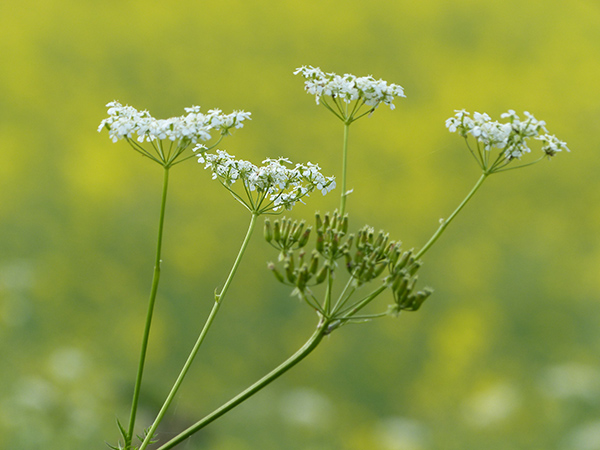

On the way back, the large hill and ridge was easy to see with the man-made hill fort (Uffington Castle) on top. Just behind the castle is the white chalk horse. The walk was a peaceful one, but I met a few others going the opposite way or walking back slower than I was.
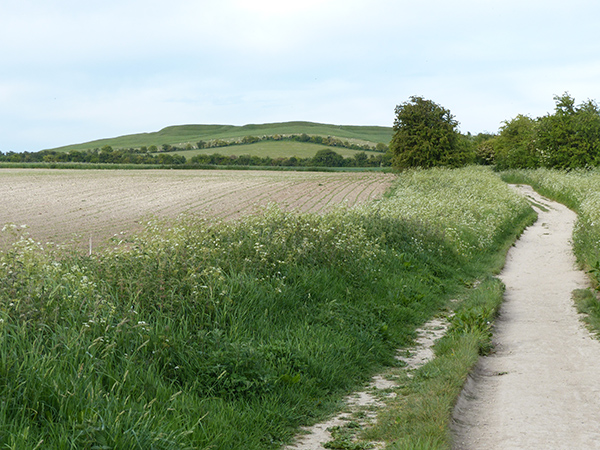
Overall, it was a good day out visiting Wayland's Smithy and Uffington white horse and castle. For more information about the white horse and castle, see my post here: Uffington Castle and White Horse
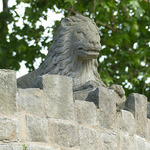
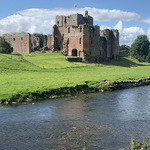
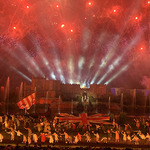
Leave a comment